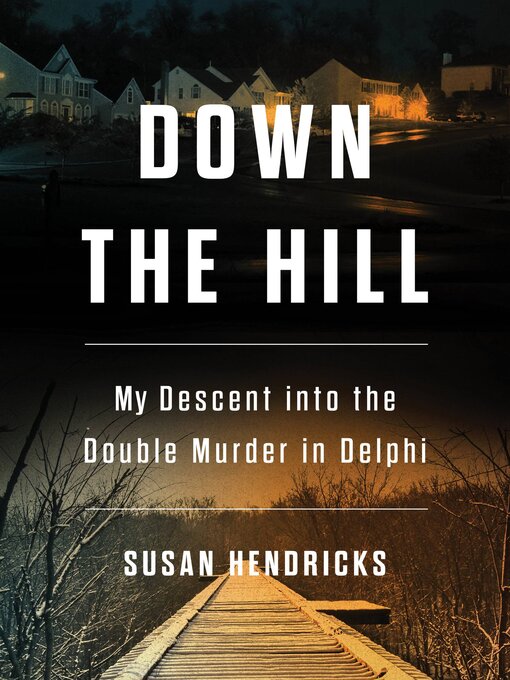On February 13, 2017, two teenage girls—13-year-old Abby Williams and 14-year-old Libby German—decided to enjoy a day off from school by exploring the popular hiking trails near the Monon High Bridge just a few minutes’ drive from Libby’s home in Delphi, Indiana. Libby’s sister, Kelsi, dropped the two girls off at the head of the trail and waved to them as they walked down the path, which was the last time they’d ever be seen alive. Less than 24 hours later, their bodies were found on the north bank of Deer Creek, about a mile from where they were last seen. There were few clues and little to go on in terms of physical evidence, except for the visual and audio remnants of a strange encounter the girls had with a stranger just hours before their disappearance, an encounter unsettling enough that Libby had thought to record it on her cellphone as it unfolded. In the years since the murders were first made public, Libby’s audio and video recordings have been released and two very different composite sketches of the suspect have been shown, but local law enforcement remained vague about developments for years—until finally, in October 2022, the long-awaited suspect was arrested and a trial date was set.
Longtime anchor and journalist Susan Hendricks was one of the first reporters to cover the case. A broadcast veteran with decades’ worth of experience under her belt, she was no stranger when it came to sharing the tragedies of the day with viewers. But there was something about this case that rattled her to her core. A year after the murders, Susan went to Delphi to interview the victims’ families for an in-depth special report where Kelsi drove Susan down the same path that she drove her sister down on the last day of her life. Over the years, Susan has built close relationships with family members, and law enforcement officials and armchair detectives alike who are determined to get justice for Abby and Libby.
In Down the Hill, Hendricks digs deeper in into the mystery that has captivated our nation for years, exploring the family's enduring resilience and advocacy, as well as the rippling impact the case has had on not just Delphi, but the very heart of the American heartland. As a result, this book is more than just a book about a double homicide; it’s about a small town in middle America that’s been haunted by an unfathomable act of violence; it’s about the ways families and communities cope with grief and move forward after tragedy; it’s about the limitations of local law enforcement and the rise of technology in helping to solve cases in new ways. But it’s also about compassion, connection, empathy, and resilience—on a very real, very human level.


